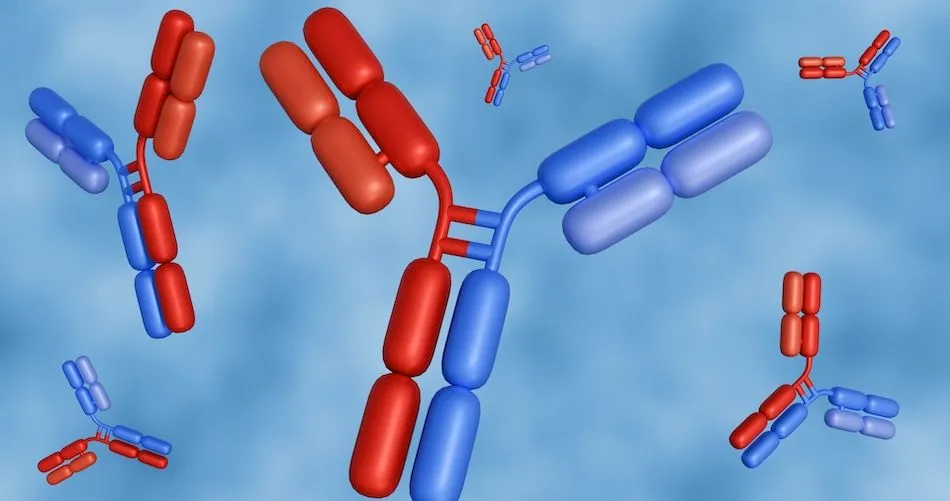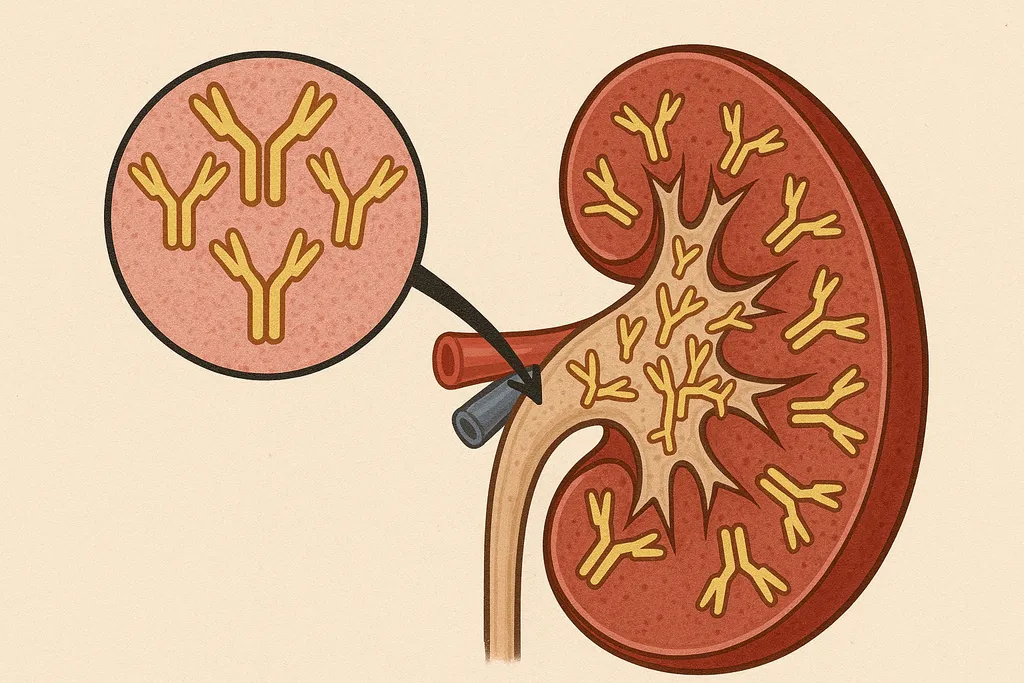ASH 2021: Key Trial Confirms Impact of Daratumumab

The addition of daratumumab (dara) produces a profound enhancement in myeloma therapy that even improves over time according to an update of an important study presented at this year’s American Society of Hematology (ASH) meeting.
Dara is a mainstay in many myeloma treatment regimens. Inclusion in some regimens is based on well-founded studies, whereas utilization in other regimens is based on what “seems right” given its general efficaciousness. The soundest treatment combinations—and FDA approval and insurance coverage—are based on well-designed studies with supporting data.
Among the most important of this is the GRIFFIN trial, which has been ongoing for years and updates on it are eagerly anticipated by myeloma experts attending ASH.
RVd (Revlimid, Velcade, dexamethasone) has long been established as an effective regimen for NDMM and is considered the standard of care. This has been proven and widely used as an induction therapy in preparation for an autologous stem cell transplant (ASCT) in those that are transplant eligible.
For newly diagnosed multiple myeloma (NDMM) patients who are transplant eligible, the addition of dara to RVd prior to transplant and to Revlimid-only maintenance led to an overall improved depth of response. This is great news for NDMM patients and the results are highly encouraging to those who are transplant eligible, with the added benefit of a deepening of response disparity over the first 24-months post-transplant.
Differences in the efficacy with the addition of dara were seen across all genetic subgroups, including those with high-risk disease and there were no significant differences in tolerance of the treatment regimens, but so far, the study shows the overall survival rates to be similar after three years.
GRIFFIN compares RVd to the addition of dara to RVd prior to transplant for transplant-eligible NDMM patients and continue with maintenance regimens of Revlimid alone or a dara-Revlimid combination. Patients were randomized into groups using standard RVd before and after transplant or adding dara to both.
Following two years of maintenance treatment following autologous stem cell transplant (ASCT), the combined stringent Complete Response (sCR) and Complete Response (CR) rates for the dara arm were an impressive 82%, while the combination for the non-Dara arm was 61%.
Previous analysis found addition of dara to RVd resulted in a significantly increased rates of stringent complete response (sCR) and improved MRD (minimal residual disease) negativity rates. This updated patients’ experience from twelve to twenty-four months after transplant proved the duration of efficacy in many patients.
All categories of International Myeloma Working Group (IMWG) criteria of sCR, CR, very good partial response (VGPR), and partial response (PR) showed a clear improvement in the depth of response with the addition of dara, but with an increasing disparity in the depth of the response over time.
Minimal residual disease (MRD) negativity was also examined as an indicator of the effectiveness of the two different treatment regimens. Like the IMWG criteria, the prevalence of MRD negativity was greater in the dara arm than in the non-dara arm at every time interval that was measured.
The disparity increased over the 24 months of maintenance observation, ultimately achieving 81% vs 44% in the dara and non-dara arms respectively.
The GRIFFIN study was not designed to examine progression free survival (PFS). There is, however, a positive trend toward improvement of PFS when adding dara to RVd as compared to Revlimid-only maintenance.
The addition of daratumumab (dara) produces a profound enhancement in myeloma therapy that even improves over time according to an update of an important study presented at this year’s American Society of Hematology (ASH) meeting.
Dara is a mainstay in many myeloma treatment regimens. Inclusion in some regimens is based on well-founded studies, whereas utilization in other regimens is based on what “seems right” given its general efficaciousness. The soundest treatment combinations—and FDA approval and insurance coverage—are based on well-designed studies with supporting data.
Among the most important of this is the GRIFFIN trial, which has been ongoing for years and updates on it are eagerly anticipated by myeloma experts attending ASH.
RVd (Revlimid, Velcade, dexamethasone) has long been established as an effective regimen for NDMM and is considered the standard of care. This has been proven and widely used as an induction therapy in preparation for an autologous stem cell transplant (ASCT) in those that are transplant eligible.
For newly diagnosed multiple myeloma (NDMM) patients who are transplant eligible, the addition of dara to RVd prior to transplant and to Revlimid-only maintenance led to an overall improved depth of response. This is great news for NDMM patients and the results are highly encouraging to those who are transplant eligible, with the added benefit of a deepening of response disparity over the first 24-months post-transplant.
Differences in the efficacy with the addition of dara were seen across all genetic subgroups, including those with high-risk disease and there were no significant differences in tolerance of the treatment regimens, but so far, the study shows the overall survival rates to be similar after three years.
GRIFFIN compares RVd to the addition of dara to RVd prior to transplant for transplant-eligible NDMM patients and continue with maintenance regimens of Revlimid alone or a dara-Revlimid combination. Patients were randomized into groups using standard RVd before and after transplant or adding dara to both.
Following two years of maintenance treatment following autologous stem cell transplant (ASCT), the combined stringent Complete Response (sCR) and Complete Response (CR) rates for the dara arm were an impressive 82%, while the combination for the non-Dara arm was 61%.
Previous analysis found addition of dara to RVd resulted in a significantly increased rates of stringent complete response (sCR) and improved MRD (minimal residual disease) negativity rates. This updated patients’ experience from twelve to twenty-four months after transplant proved the duration of efficacy in many patients.
All categories of International Myeloma Working Group (IMWG) criteria of sCR, CR, very good partial response (VGPR), and partial response (PR) showed a clear improvement in the depth of response with the addition of dara, but with an increasing disparity in the depth of the response over time.
Minimal residual disease (MRD) negativity was also examined as an indicator of the effectiveness of the two different treatment regimens. Like the IMWG criteria, the prevalence of MRD negativity was greater in the dara arm than in the non-dara arm at every time interval that was measured.
The disparity increased over the 24 months of maintenance observation, ultimately achieving 81% vs 44% in the dara and non-dara arms respectively.
The GRIFFIN study was not designed to examine progression free survival (PFS). There is, however, a positive trend toward improvement of PFS when adding dara to RVd as compared to Revlimid-only maintenance.

about the author
Kyle Colvin, MD
“As a physician, I figured I may have a unique perspective on the disease, as well as a knowledge base and the time to help patients understand the disease course and treatment options. I figure that I should give back to those in need since my life has been incredibly fortunate, even with this disease.”
More on Conferences
Trending Articles




Get the Latest Multiple Myeloma Updates, Delivered to You.
By subscribing to the HealthTree newsletter, you'll receive the latest research, treatment updates, and expert insights to help you navigate your health.











